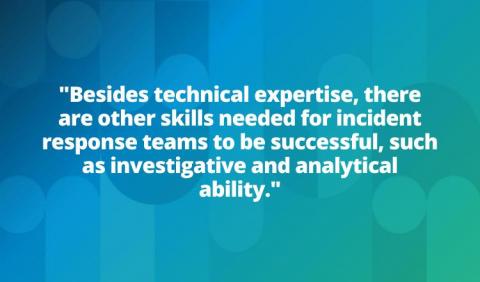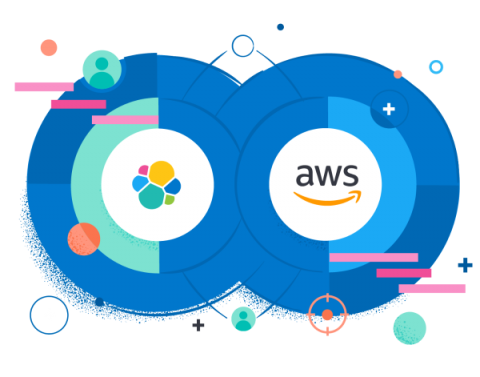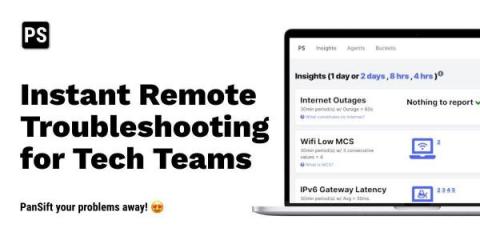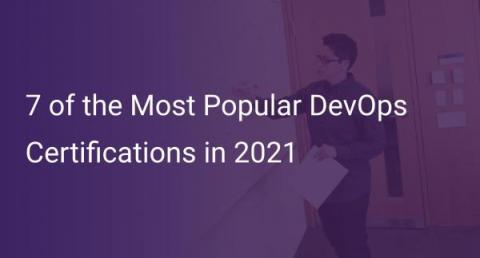Designing your incident severity levels
We wrote this article in response to a question asked in our Slack Community. Click here to join hundreds of technology leaders discussing best practices for incident response! ✨ We know a thing or two about incident response. As such, we're often asked to advise when companies are designing their incident response processes. A common question is "How do you design your incident severity levels?". It's a great question given how central they are to incident response!











